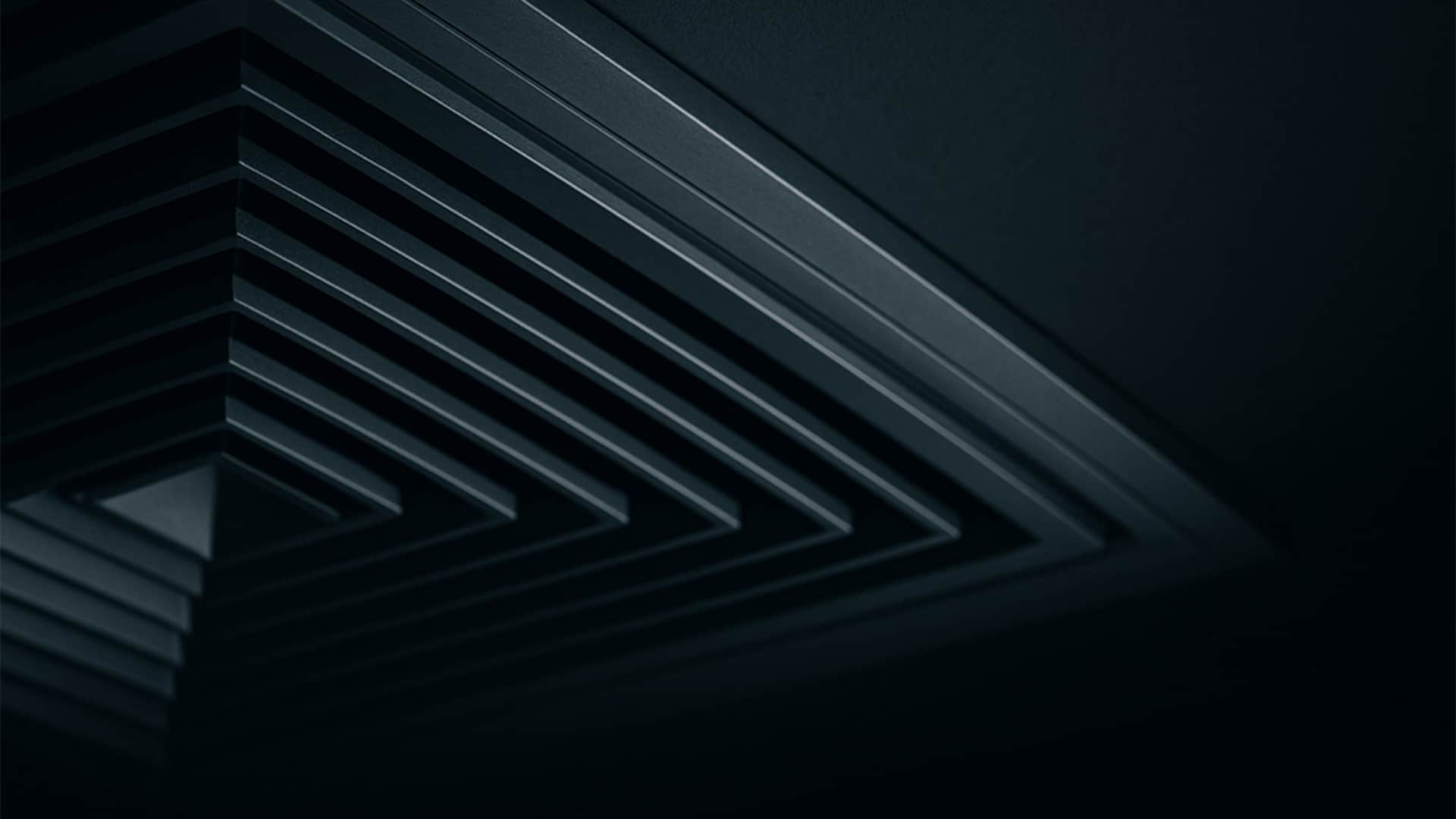
HVAC Fresh Air Backflow in Dubai High-Rise: 5 Proven Lessons from a Real Case Study
HVAC Fresh Air Backflow in Dubai High-Rise: When Fresh Air Fails
When it comes to maintaining safe and healthy indoor environments, HVAC fresh air backflow in Dubai can become a hidden threat. In early summer 2023, a 56-story office tower on Sheikh Zayed Road began facing widespread air quality complaints—headaches, drowsiness, and a persistent “stale air” feeling. What appeared to be a minor issue soon escalated into a full indoor air crisis.
Saniservice’s Indoor Sciences Division was called in to investigate. Within hours, they identified the cause: a fresh air damper failure had sealed off ventilation to two entire floors, trapping over 450 occupants in stagnant air. CO₂ levels spiked above 2,200 ppm, humidity soared past 70%, and employees began reporting fatigue and poor concentration.
The Discovery: A Hidden HVAC Fresh Air Backflow in Dubai Tower
Contents
- CO₂ peaked at 2,285 ppm—over 180% above acceptable limits.
- TVOCs exceeded 1,200 µg/m³.
- Formaldehyde and fine particles (PM2.5) surpassed Dubai Municipality thresholds.
- Building pressurization reversed, causing unfiltered air infiltration.
The culprit: failed pneumatic actuators that no longer responded to control signals, leaving dampers shut. With no airflow sensors or feedback, the Building Automation System falsely reported “normal operation.” The tower was effectively breathing its own air.
Root Cause and Stack Effect Challenges
The combination of HVAC actuator failure, missing feedback sensors, and Dubai’s strong reverse stack effect created a perfect storm. Cold indoor air sinking downward and hot outdoor air rising upward prevented airflow entry. The result—complete ventilation collapse within 48 hours.
Saniservice’s Proven Three-Phase Recovery Plan
Phase 1 — Emergency Restoration
Engineers manually restored airflow, bringing CO₂ from 1,850 → 780 ppm within six hours and stabilizing humidity below 61%. Occupant comfort immediately improved.
Phase 2 — Permanent Remediation
- Replaced all pneumatics with Belimo LMB24-SR-T electric actuators.
- Enabled fail-safe 30% open default to maintain ventilation.
- Integrated real-time position feedback with the BAS.
Phase 3 — Continuous Monitoring and IAQ Control
- Installed Ebtron airflow stations at intakes for precision monitoring.
- Added Setra pressure sensors to sustain positive building pressurization.
- Integrated CO₂ demand control ventilation (DCV) and BACnet analytics.
Results: Proven Performance and Health Gains
| Parameter | Before | After | Improvement |
|---|---|---|---|
| CO₂ | 2,285 ppm | 825 ppm | ↓ 64% |
| TVOC | 1,240 µg/m³ | 440 µg/m³ | ↓ 65% |
| Formaldehyde | 365 µg/m³ | 182 µg/m³ | ↓ 50% |
| PM2.5 | 68 µg/m³ | 31 µg/m³ | ↓ 54% |
After remediation, air quality met all Dubai Municipality and ASHRAE 62.1 standards. Energy savings reached 11%, cutting approximately 135,000 kWh per year (≈ AED 178,000) with a full payback in less than two years.
5 Proven Lessons for Dubai High-Rises
- Install fail-safe actuators with torque sized for high-rise stack pressure.
- Use airflow measurement stations—not just BAS commands.
- Maintain positive pressure (+0.03 in. w.c.) year-round.
- Conduct quarterly fresh air damper verification tests.
- Train operators to detect early signs of HVAC fresh air backflow.
Download the Full Technical Case Study
About the Author

JV DE CASTRO
JV de Castro is the Chief Technology Officer at Saniservice, specializing in indoor environmental sciences, HVAC diagnostics, and building performance engineering. He leads data-driven innovation across environmental health and sustainable operations.
With over 20 years of experience spanning architecture, building science, and IT infrastructure, JV continues to advance health-focused, energy-efficient solutions for the UAE’s built environment. Connect on LinkedIn
Explore more about our Indoor Air Quality Services and Mold Remediation Solutions across the UAE.


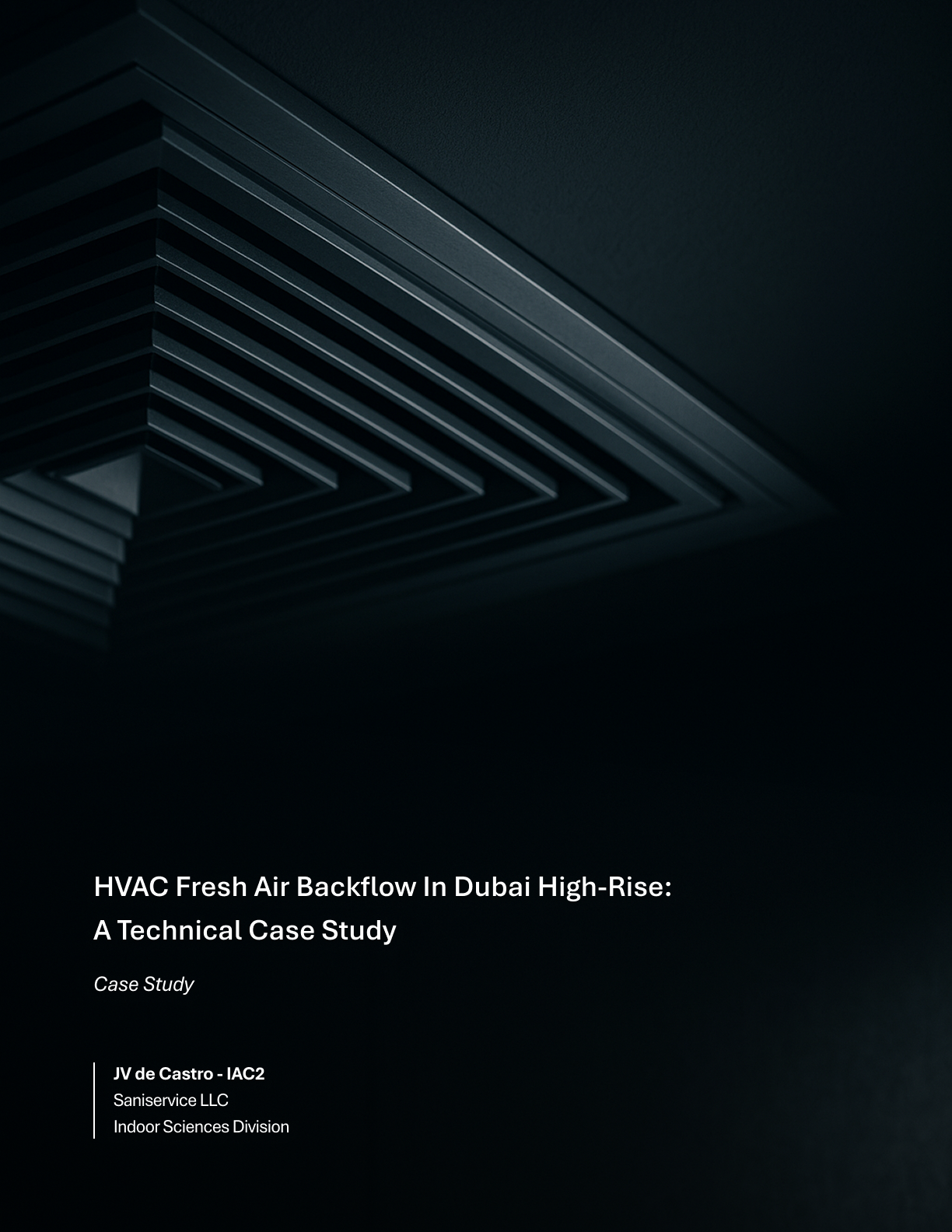
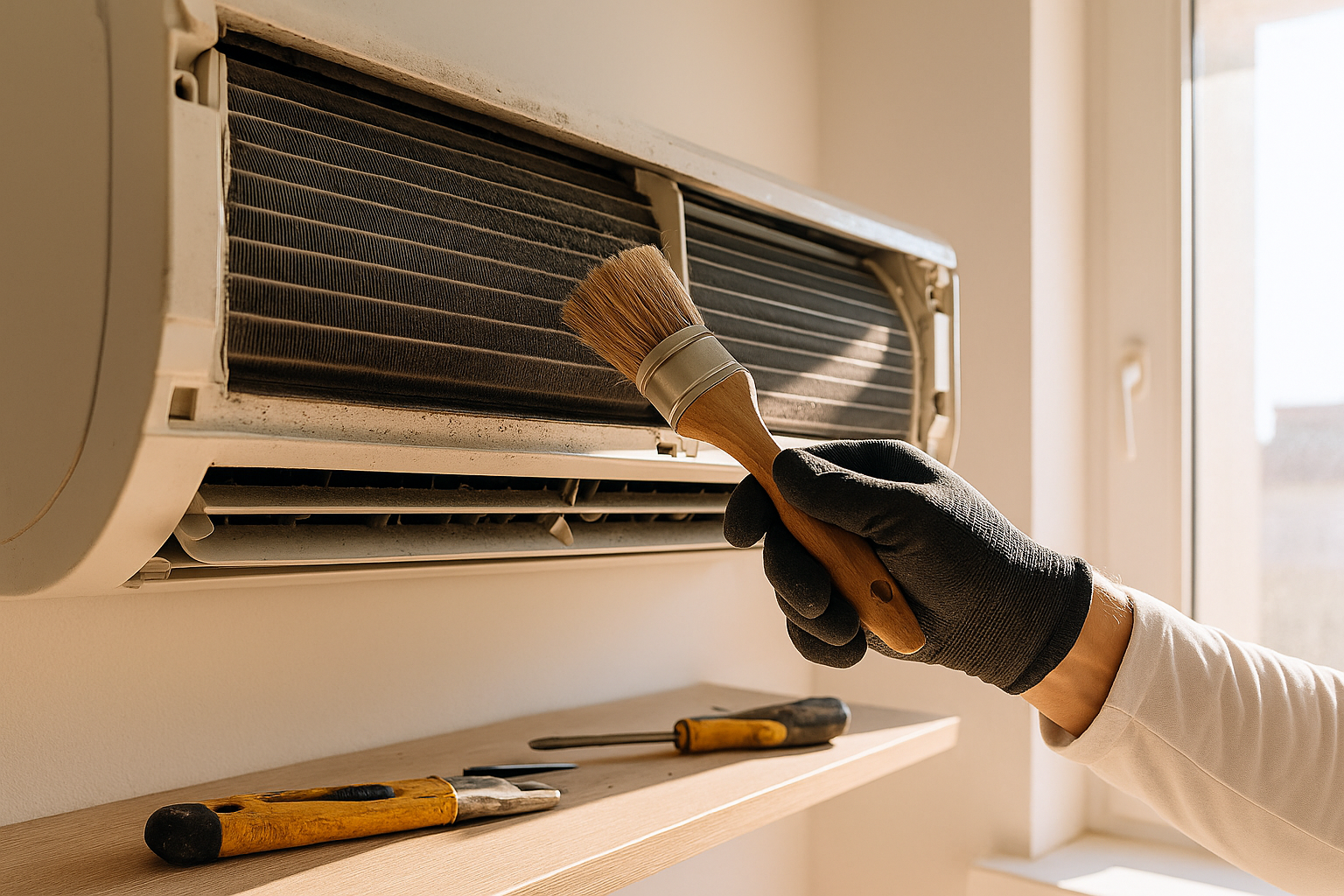
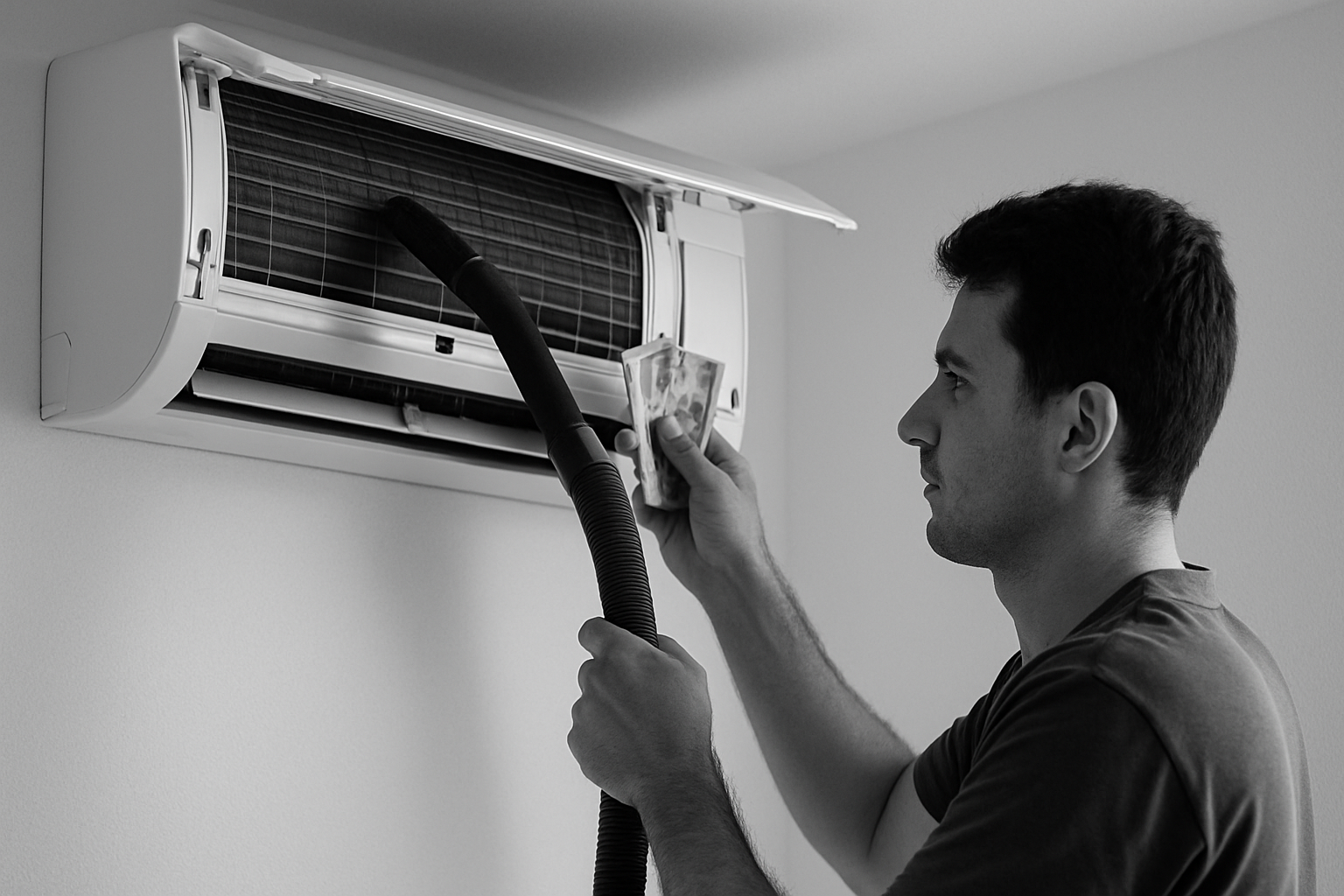
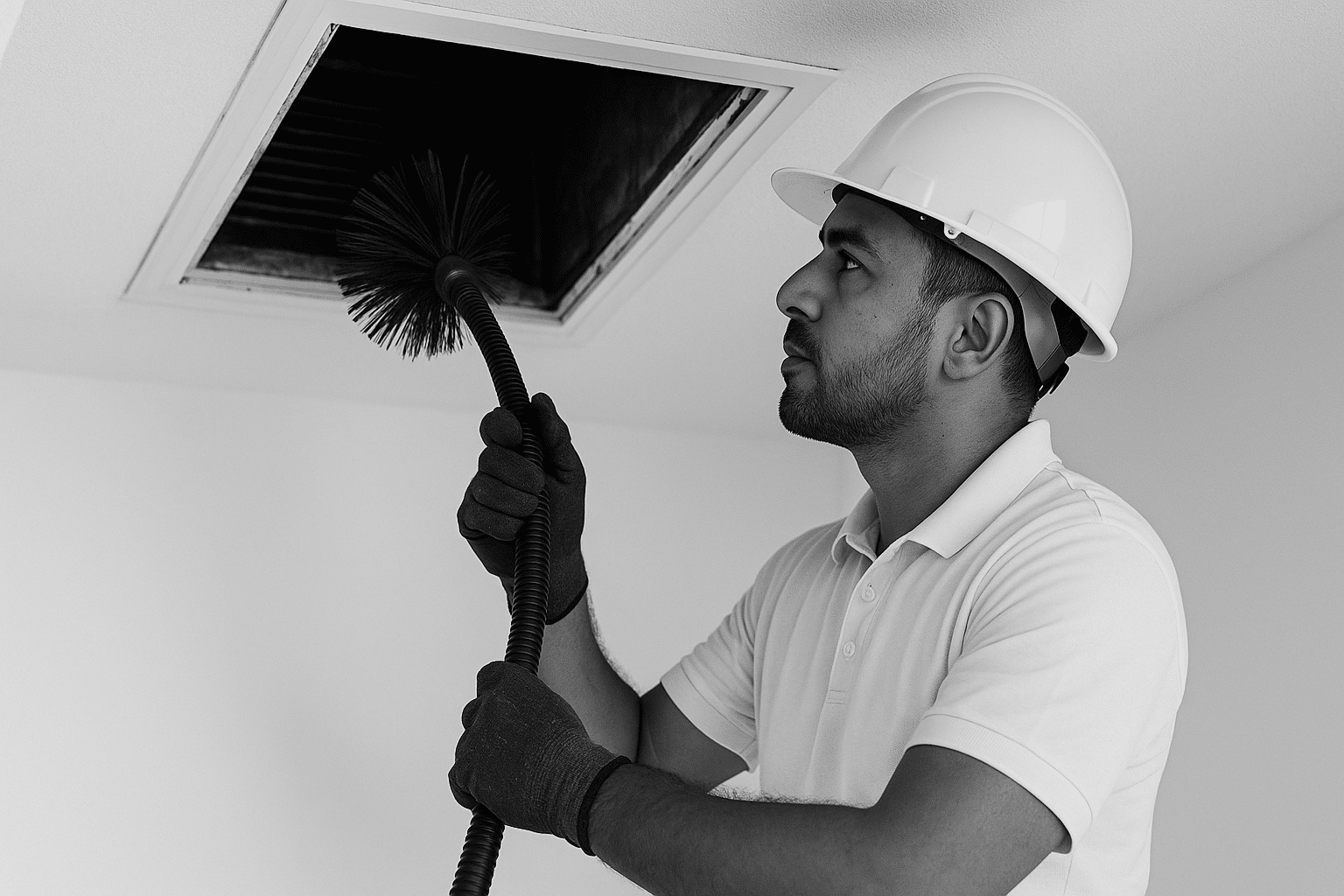

Leave a Reply